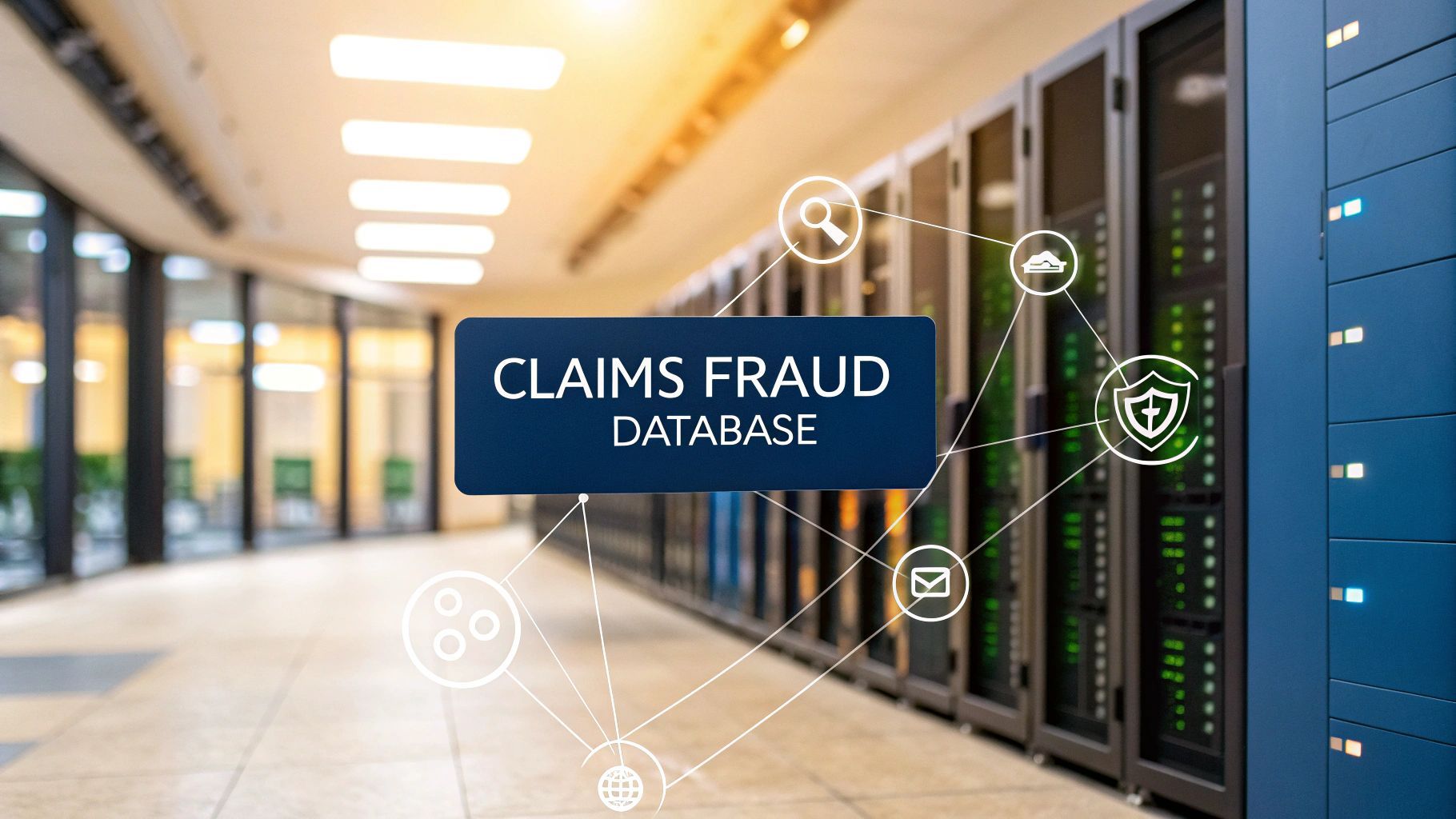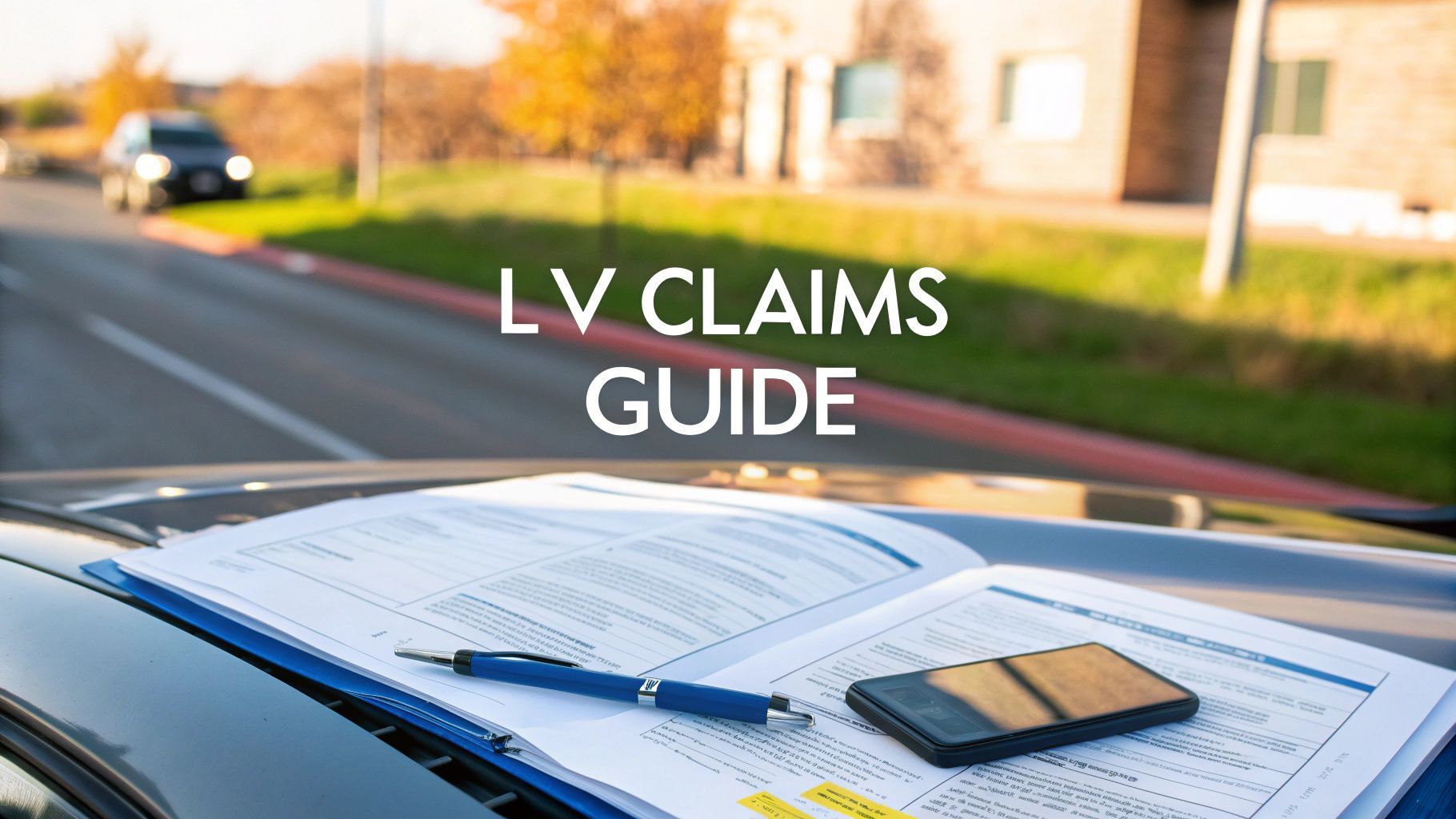How Pre-Authentication Can Reduce Claims Costs by Up to 30 Percent
Understanding the impact of early user verification on fraud prevention and cost reduction

Why Pre Authentication Matters in the Fight Against Fraud
In industries where digital interactions are the norm, fraud is an ever growing challenge. From insurance claims to online marketplaces and mobile apps, businesses face increasing pressure to verify users quickly and accurately. One of the most effective strategies emerging in this space is pre authentication. By verifying users before they reach the point of transaction or claim, businesses can significantly cut costs, reduce fraud and build more efficient processes.
The Cost of Claims Fraud
False claims and identity fraud cost businesses millions every year. In the insurance sector alone, fraudulent claims can account for a significant portion of total losses. But fraud is not limited to insurance. Any digital service that accepts user claims, reimbursements or identity based actions is vulnerable.
Traditional fraud prevention often focuses on analysis during or after the point of claim. While this reactive approach can detect suspicious behaviour, it is typically more expensive and resource intensive than preventing fraud in the first place.
What Is Pre Authentication
Pre authentication is the process of verifying a user’s identity before they are granted access to a service or allowed to submit a claim or request. This step is often invisible to the user and can include methods like biometric verification, behavioural analytics, device checks and document validation.
Unlike multi factor authentication (which users complete during login or transaction), pre authentication happens earlier in the journey. It works behind the scenes to establish trust before the user even submits a claim.
How Pre-Authentication Cuts Costs
Implementing pre-authentication can reduce claim related costs by up to 30 percent. This happens in several key ways:
- Fewer False Claims: By filtering out suspicious users before they reach the claims process, companies spend less time and money investigating and denying fraudulent activity.
- Streamlined Processes: With fewer high risk claims entering the system, fraud teams and customer service agents can focus on genuine cases, reducing operational strain.
- Reduced Manual Reviews: Many traditional fraud checks rely on manual intervention. Pre-authentication uses automation and AI to flag issues early, cutting the need for human input later.
- Lower Payouts on Fraud: Blocking access to illegitimate users means fewer fraudulent payouts, protecting the bottom line and improving financial forecasting.
- Improved Data Quality: Verified users provide more accurate and trustworthy data, which supports better decisions across the business.
Balancing Security with Customer Experience
One of the biggest concerns for businesses is that security checks may frustrate users. However, pre-authentication is designed to operate in the background. Rather than slowing down the customer journey, it can actually speed it up by removing the need for later checks and verifications.
For example, a user who has already been verified before submitting a claim will not need to upload extra documents or wait days for review. This results in faster outcomes and better satisfaction scores, which is critical for consumer facing platforms.
Applications Across Different Sectors
While the insurance sector is an obvious candidate, pre-authentication has broad applications:
- eCommerce and Marketplaces: Verifying users before allowing product returns or refund requests
- Banking and Fintech: Checking identity before loan applications or money transfers
- Healthcare: Confirming patients and providers before processing claims or prescriptions
- Telecoms: Ensuring legitimate users before activating devices or adding services
The Role of Technology in Pre-Authentication
Modern pre-authentication systems rely on advanced technologies including:
- Biometric ID matching to confirm real people are using real accounts
- Device intelligence to assess whether a user’s device has been linked to past fraud
- Behavioural analytics to identify patterns that do not match the user’s history
- Digital footprint analysis to spot inconsistencies in account or location behaviour
These tools enable businesses to assess risk instantly, without disrupting the user experience.
Looking Ahead: A Smarter, Safer Ecosystem
As digital ecosystems expand, so do the methods fraudsters use to exploit them. Pre-authentication offers a proactive and scalable way to protect platforms, reduce financial losses and create a safer experience for both users and businesses.
For organisations looking to cut claims costs, reduce fraud exposure and improve the quality of interactions, investing in robust pre-authentication processes is no longer optional. It is becoming a necessary step in future proofing digital services.












